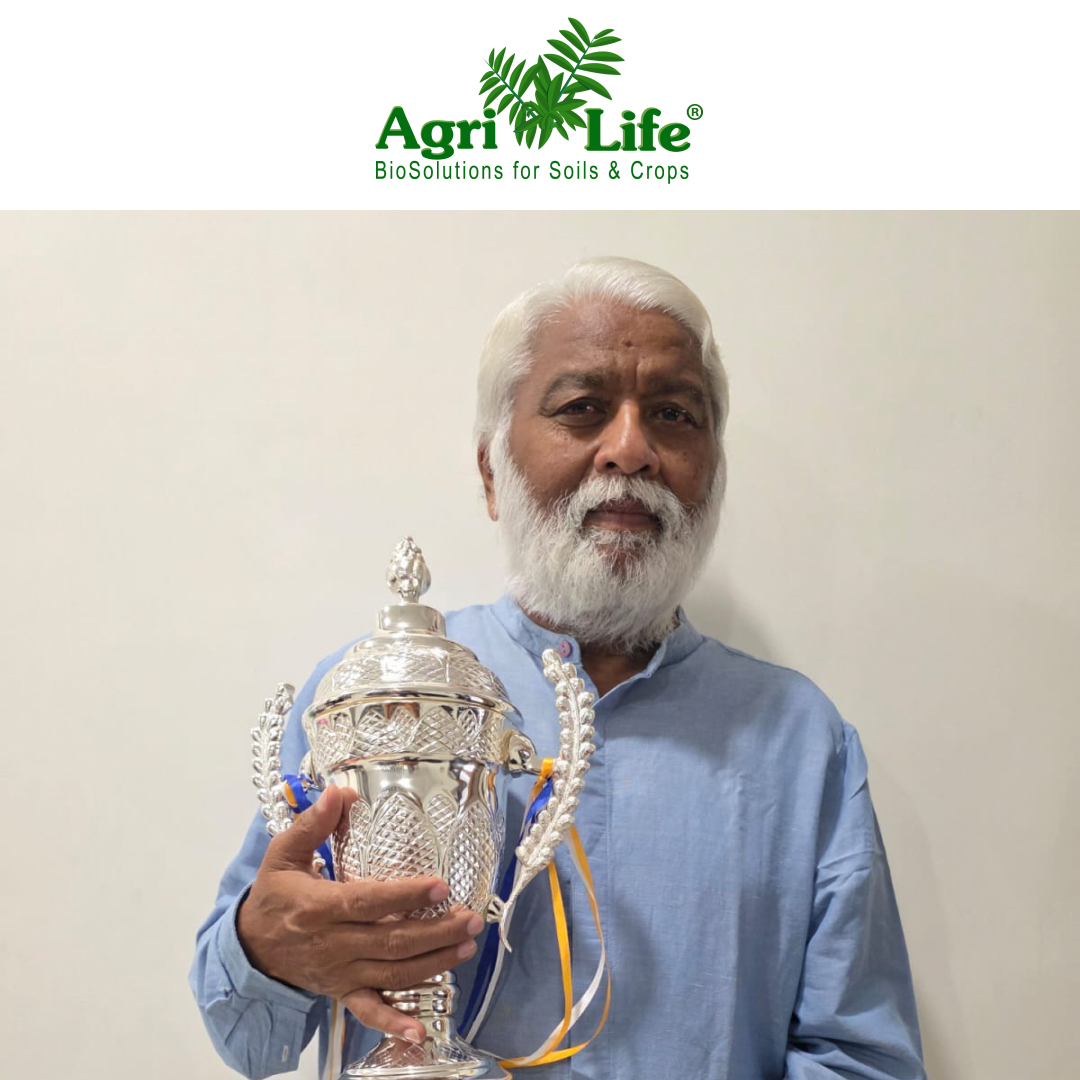The global biostimulants market is set to experience remarkable growth, with an anticipated value of US$ 9.6 billion by 2033, starting from US$ 3.4 billion in 2023, at a strong CAGR of 10.8%. Biostimulants are natural or man-made chemicals that enhance plant growth, nutrient uptake, and environmental resilience, reducing the need for chemical inputs in agriculture. They play a crucial role in sustainable food production, and their demand is on the rise, especially in developing countries like China and India. However, the market’s growth may face obstacles such as product commercialization restrictions and regulatory challenges. The market is expected to expand significantly, driven by the growing preference for organic farming and a shift toward eco-friendly agricultural solutions. Key regions for market growth include the United States, China, Japan, South Korea, and the United Kingdom, with acid-based biostimulants leading the market due to shifting adoption trends.
Koppert is achieving excellent results in the biological control of pests and diseases in outdoor crops such as onion, leek and garlic. In Spain, the main action areas are the regions of Castilla-León and Castilla-La Mancha, in the center and north of the country. They comprise the largest cultivation areas for these three important domestic and export crops.
Farmers detected that most chemical pesticides used on onion, leek and garlic generated resistance in pests. Consequently, they experienced a widespread loss of effectiveness of many chemicals and needed other, safer and more sustainable means to ensure plant protection for their crops. Since the first trials five years ago, Koppert has developed successful biological control protocols for outdoor crops.
Koppert is a pioneer in Europe when it comes to the use of vegetable hedges with Lobularia maritima, that offer Orius laevigatus (a natural enemy of thrips) a natural shelter and food source when the onion plant has no flowers. The strategy has greatly facilitated the installation of Orius to control thrips in onion crops.
Koppert’s biological control protocol for onion, leek and garlic also takes into account soil health and root protection. For this reason, the Trianum® biofungicide (formulated with the beneficial fungus Trichoderma harzianum T-22) takes on special importance, since this 100% natural biofungicide creates a shield of protection against soil diseases transmitted by fungi.







